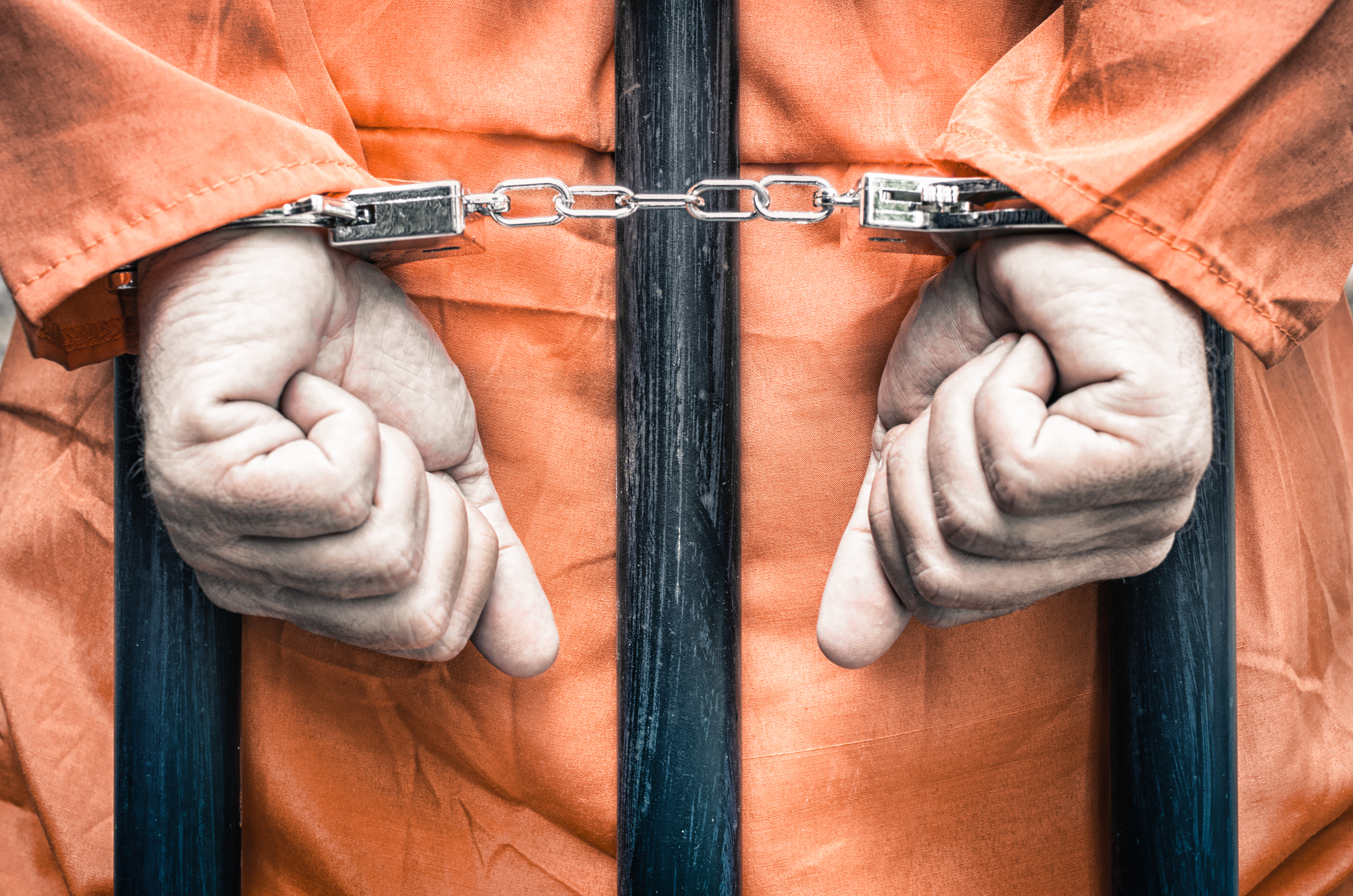
(Photo: View Apart / Shutterstock)
Donald Trump wants you to believe that the country is consumed by violent crime. He claimed earlier this year, “The murder rate in our country is the highest it’s been in 47 years, right?” This summer, Attorney General Jeff Sessions echoed the claim that the United States is in the middle of a crime wave, in order to justify harsh policing and incarceration practices.
Both claims are deeply misleading: The violent crime rate peaked in 1991. Despite a few small blips year to year, its overall trajectory has been unmistakably downward ever since.
However, violent crime remains a major driver of the U.S. mass incarceration crisis. The United States incarcerates a total of 2.3 million people, with more than 4.5 million more on probation or parole. At the state level—which hosts more than half of the national prison population—most are serving time for violent offenses.
Violent crime is defined as offenses that involve force or threat of force. The definitions differ state by state, and the term itself has a lot of complexities, but at a federal level this category is generally composed of four kinds of charges: murder and non-negligent manslaughter, forcible rape, robbery and aggravated assault.
